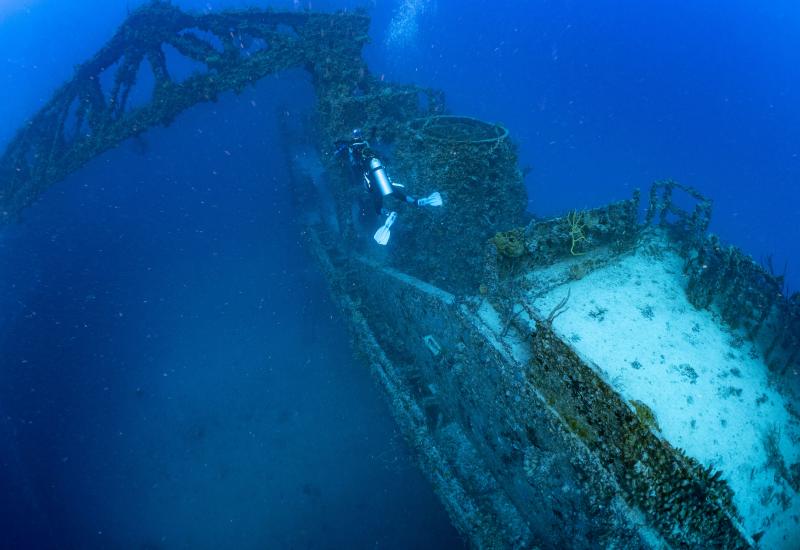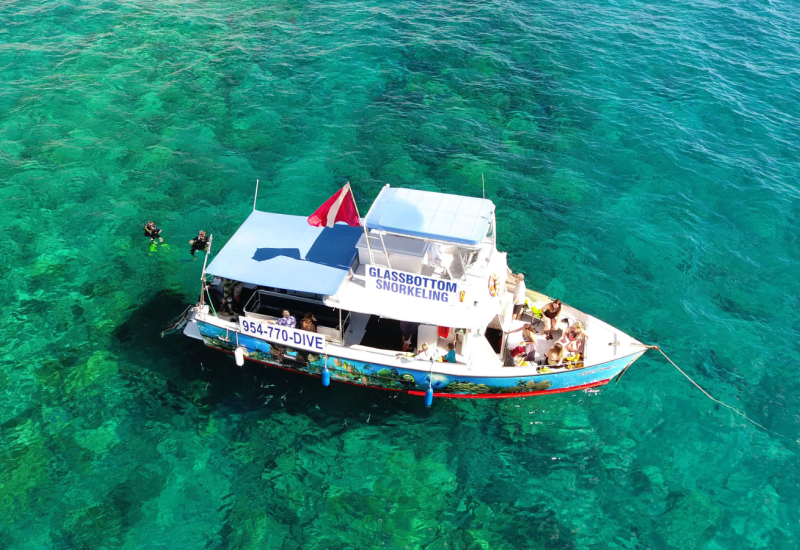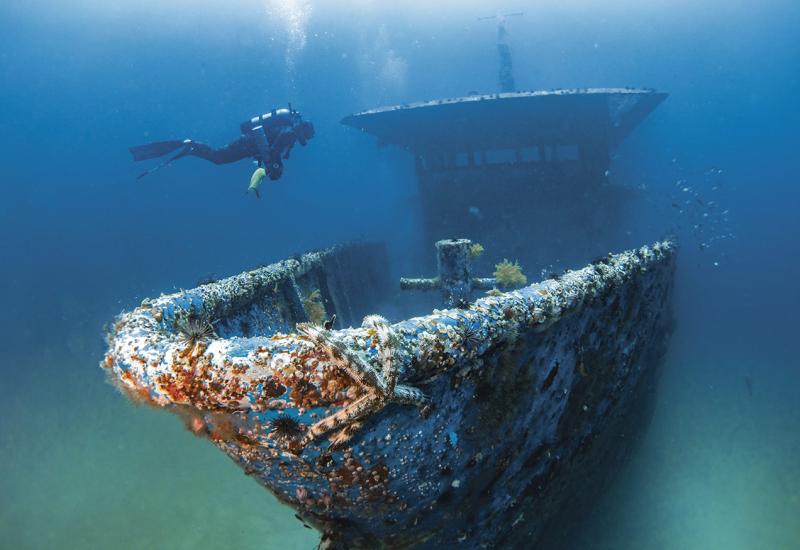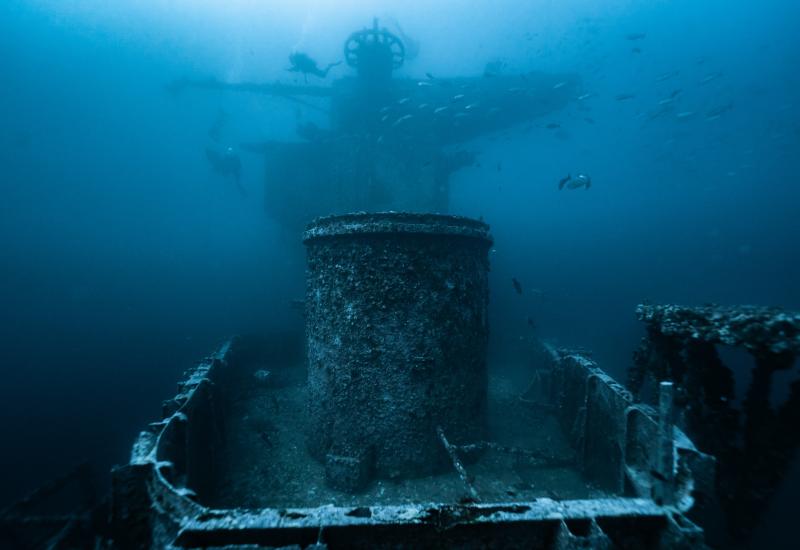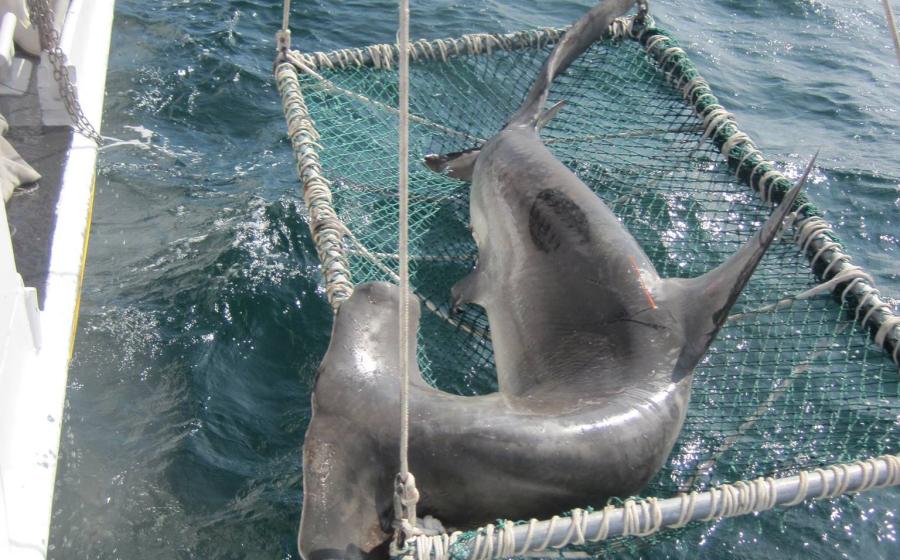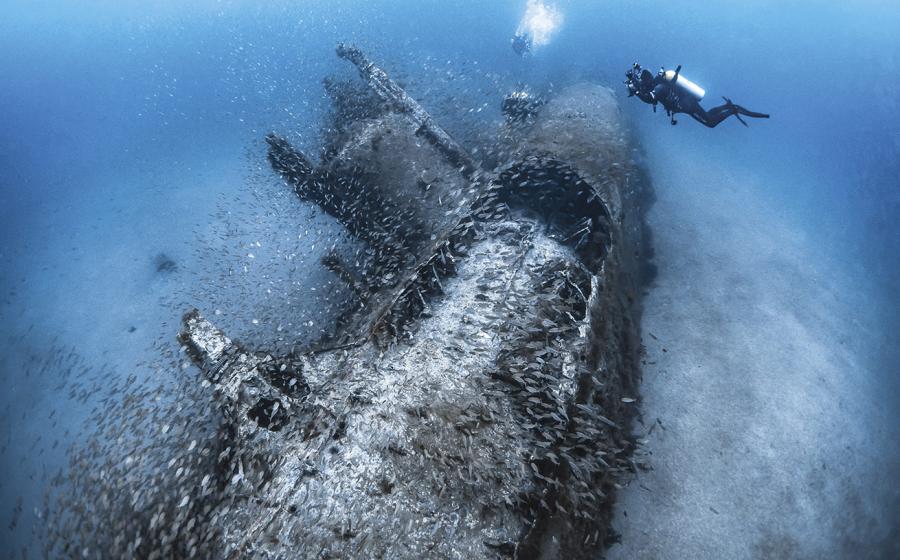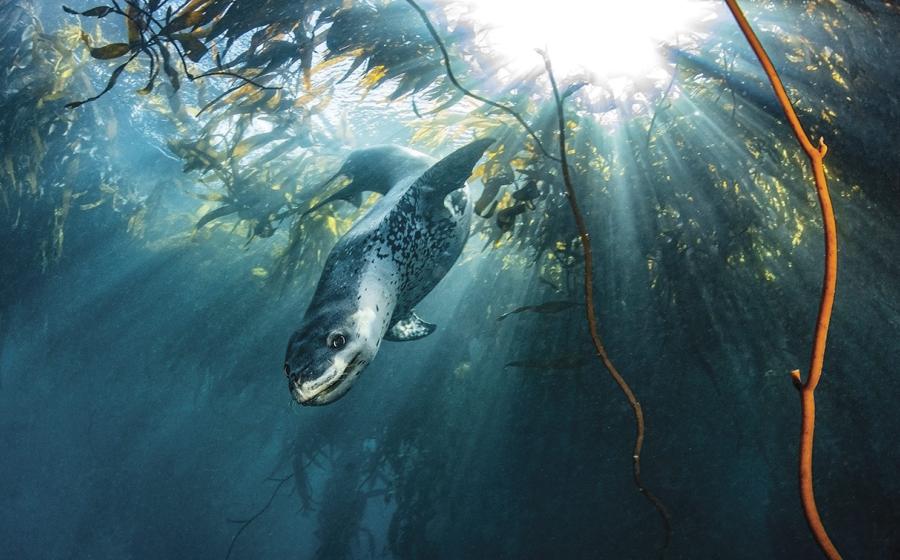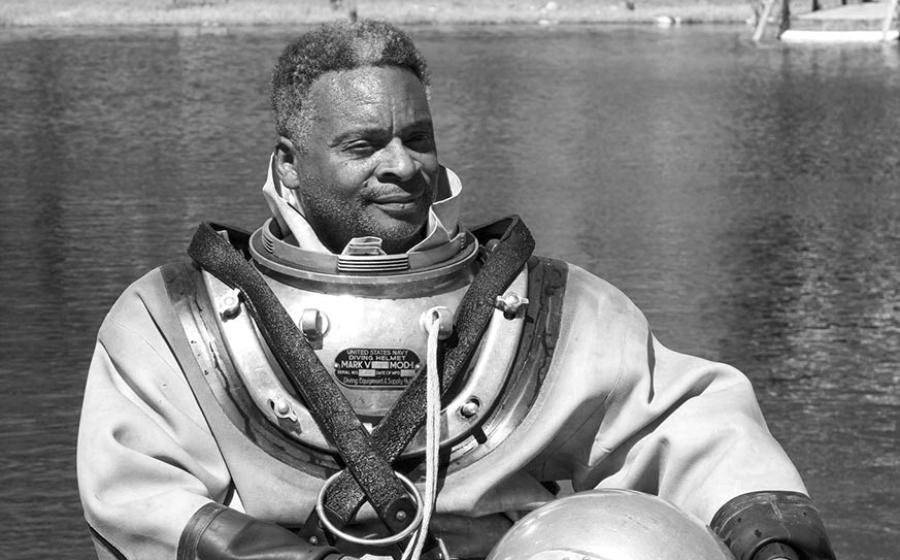Scuba Divers Left Picking Up Pieces After Tire Artificial Reef Projects Fail
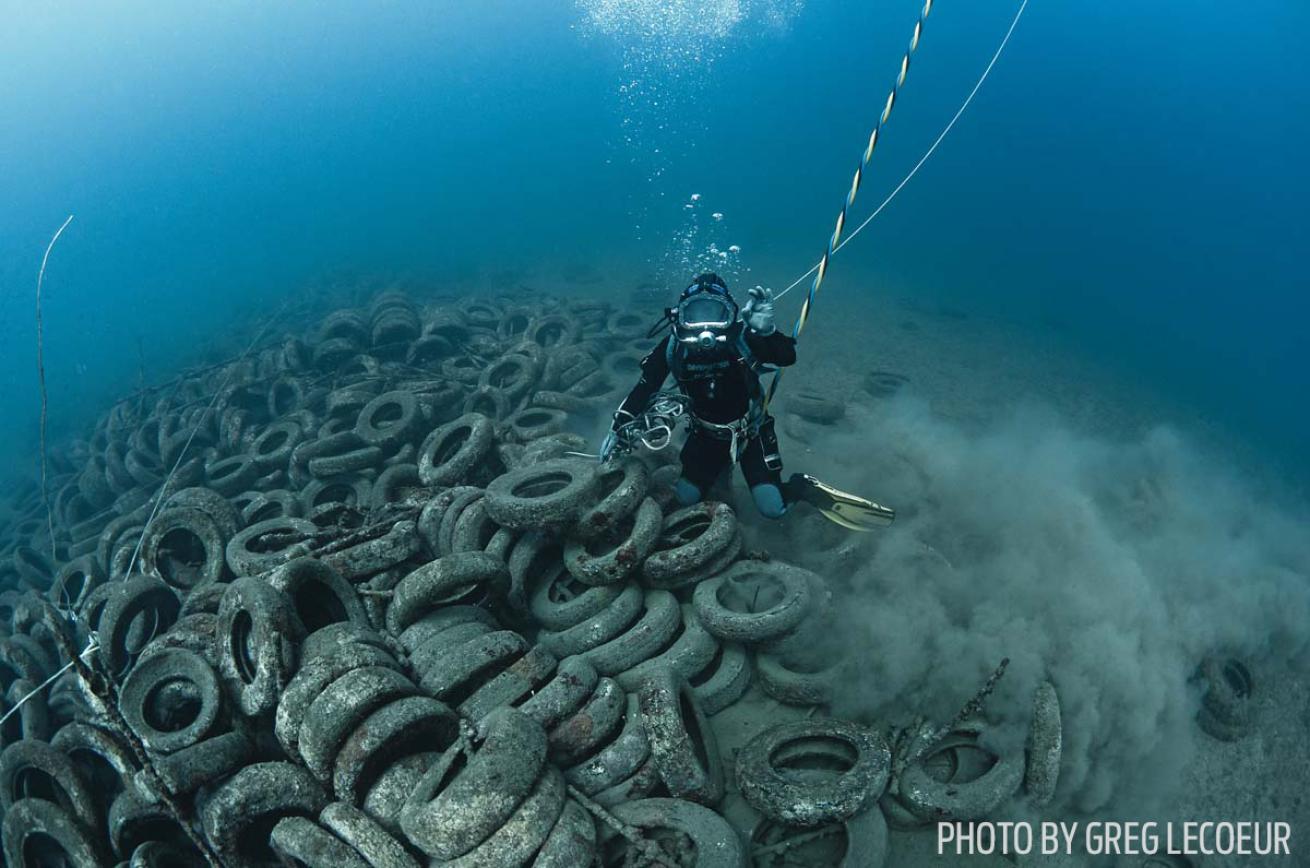
Greg LecoeurFailed attempts at converting used tires into artificial reefs leave many conservationists picking up the pieces and planning for a better future
With each group of tires that was strung together, winched out of the Mediterranean Sea and taken to a landfill 30 years after being sunk, it became more clear: Even plans made with the best intentions can unravel.
In the 1980s, France created artificial reefs in a marine protected area around the Cape of Antibes and the Lérins Islands off its southeastern coast. But unlike other artificial-reef projects, where marine life flourishes, this reef was created out of material that included 25,000 tires. The tires saw 40 percent less colonization by marine life than artificial concrete reefs and produced less biomass than natural rocky areas nearby. “Even worse, the tire reefs collapsed and spread out, damaging natural habitat,” says Agnes Poiret of France’s marine protected areas agency.
Many oceans of the world contain artificial reefs, created primarily to improve fishing opportunities but also to provide new dive destinations. The materials used range from construction debris to specially designed concrete balls, and research indicates that these structures do increase abundance and diversity of fish communities.
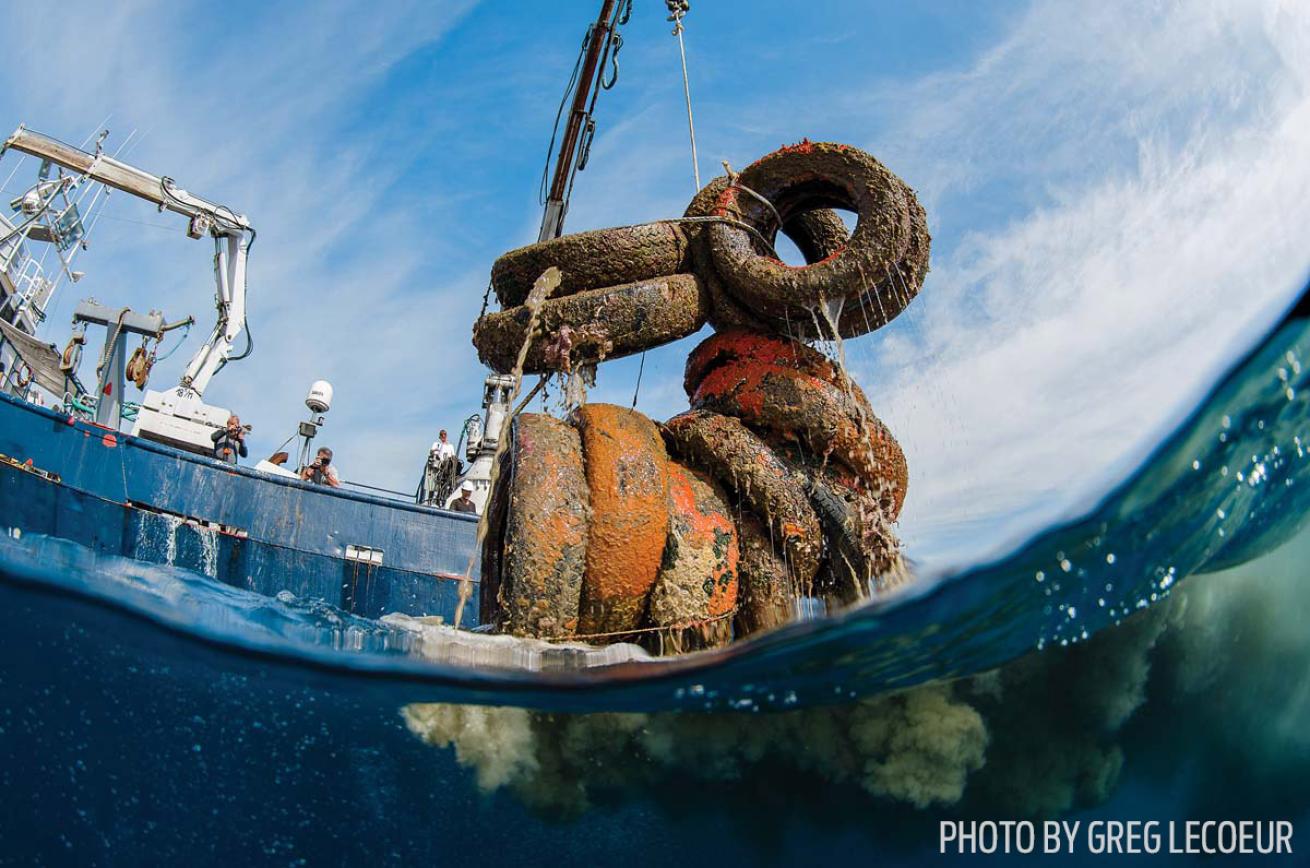
Greg LecoeurRemoving tires in the marine protected area of Golfe-Juan off the coast of France
But as the experience in France demonstrates, not all artificial reefs are created equal — some materials can do more harm than good. In the 1970s and ’80s, Texas, Louisiana, Mississippi, Florida, New Jersey, Virginia, North Carolina and California also built reefs with used tires. Before long, loose tires washed ashore, came up in fishing nets, piled against natural structures and, in some cases, simply disappeared. The main problem — according to a Gulf and Atlantic States Marine Fisheries Commissions report — is that tires last indefinitely in the marine environment, but materials used to weigh down and connect them do not.
Broward County, Florida, knows this all too well. In the 1970s, the county created a 36-acre artificial reef from nearly 2 million tires bound together with steel clips and dropped at a depth of 65 feet. Authorities and tire manufacturers envisioned a win-win situation: Solve a tire-disposal problem and create more habitat for fish. But little sea life formed on there and many broke loose, scraping across the ocean floor to lodge up natural reefs or wash up on beaches.
Starting in 2007, U.S. Navy and Army divers spent three years removing more than 70,000 of the errant tires. In 2015, a commercial contractor began an effort to remove 100,000 more tires over the next two years, and Broward County officials plan to request state funding to continue beyond that effort. Tires recovered so far have been used as fuel at a nearby energy plant.
Massive cleanup efforts have been enacted across the world from France to Florida, but a large portion of the tires — once intended to help marine life flourish — are left as a detriment on the ocean floor.
After learning this lesson the hard way, government officials are looking for responsible alternatives for recycling tires, while conservationists work to bring many more up from the deep.
WHAT CAN BE DONE WITH USED TIRES?
The Federal Highway Administration encourages the use of ground or “crumb” tire rubber in asphalt pavement. Some 975,000 tons of ground-up tires went into pavement and other surfaces in 2013. Roughly 2.1 million tons were used as fuel in cement kilns, pulp and paper mills, and industrial and utility boilers. However, 327,000 tons still ended up in landfills.
Yuefeng Xie, an environmental engineering professor at Pennsylvania State University, developed a wastewater filter using crumb rubber. Xie is researching the technology’s effectiveness in removing sediment and some nutrients, which could reduce algae blooms where wastewater is discharged.
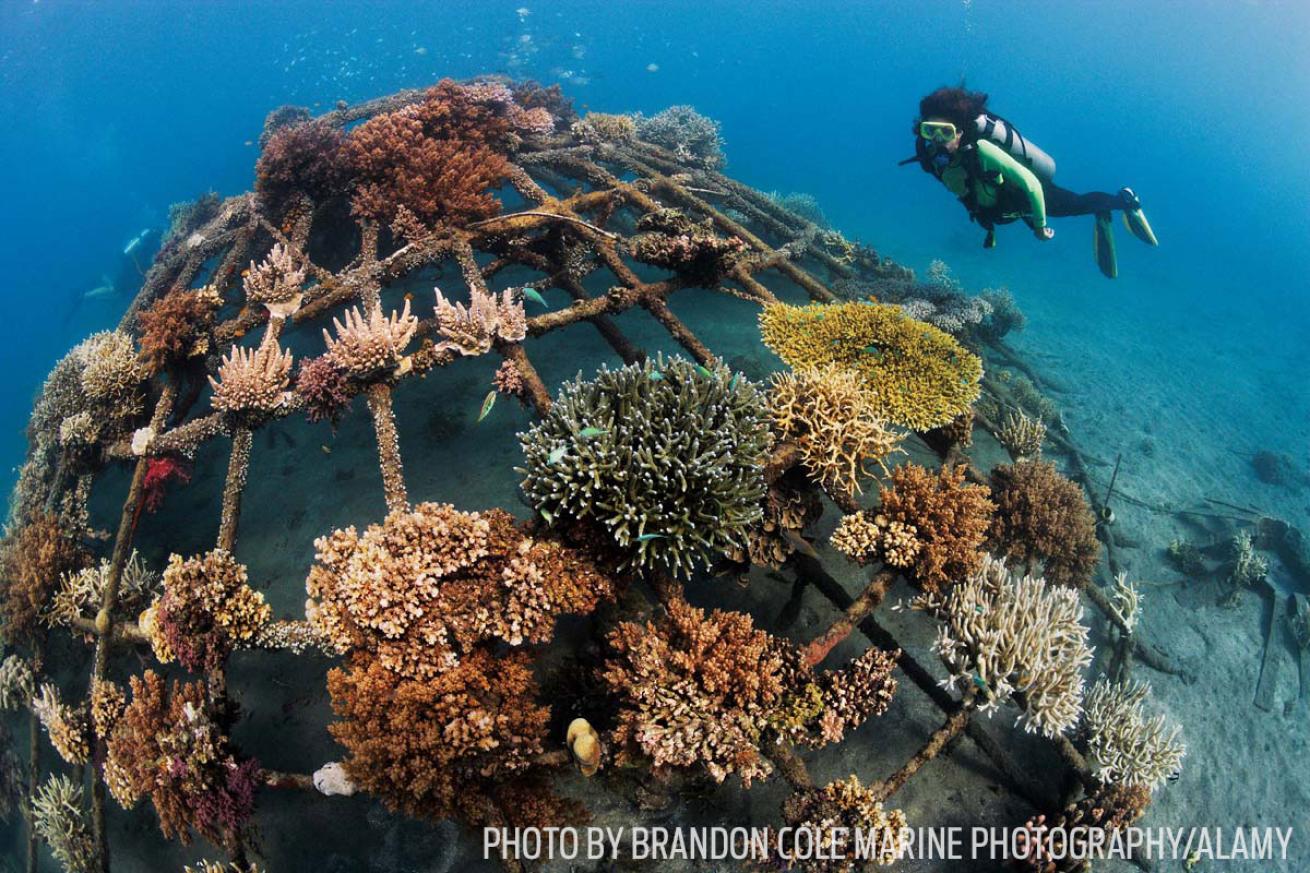
Brandon Cole Marine Photography/AlamyAn artificial reef in Permuteran Bay off the island of Bali
Artificial Reef Successes
Many artificial reefs around the world have achieved their intended purpose – to increase abundance and diversity of marine life. Japan created the world’s largest artificial-reef system – at more than 706 million cubic feet – mainly to benefit commercial fisheries. The United States ranks second with more than 1,000 man-made reef sites, and Portugal, Spain and Italy have more than 3 million cubic feet of artificial reefs.
Texas counts 78 artificial reefs off its coast, says Dale Shively, of the Texas Parks and Wildlife Department. While many lie too deep for recreational divers, a few, including a decommissioned ship off South Padre Island, have become popular dive sites.
More than 450 sites containing some 3,000 artificial reefs lie off the coasts of Florida. The state’s Department of Environmental Protection now limits reef materials to concrete, rock, heavy-gauge steel, and prefabricated concrete and steel structures.
“We want to make sure an artificial reef has some marine benefit, and at the very least that it does no harm,” says Keith Mille of the Florida Fish and Wildlife Conservation Commission. “We learned a lot in the past 30 years and now apply best management practices to the materials we deploy.”
How to Help
Bringing tires up from the ocean floor can be challenging, but qualified divers can help solve the problem by participating in cleanup days organized by the Ocean Conservancy. The organization’s 2014 International Coastal Cleanup collected 38,566 tires, 848 of which came from underwater cleanups. Events are scheduled for September; for more information and a list of locations, visit oceanconservancy.org.

